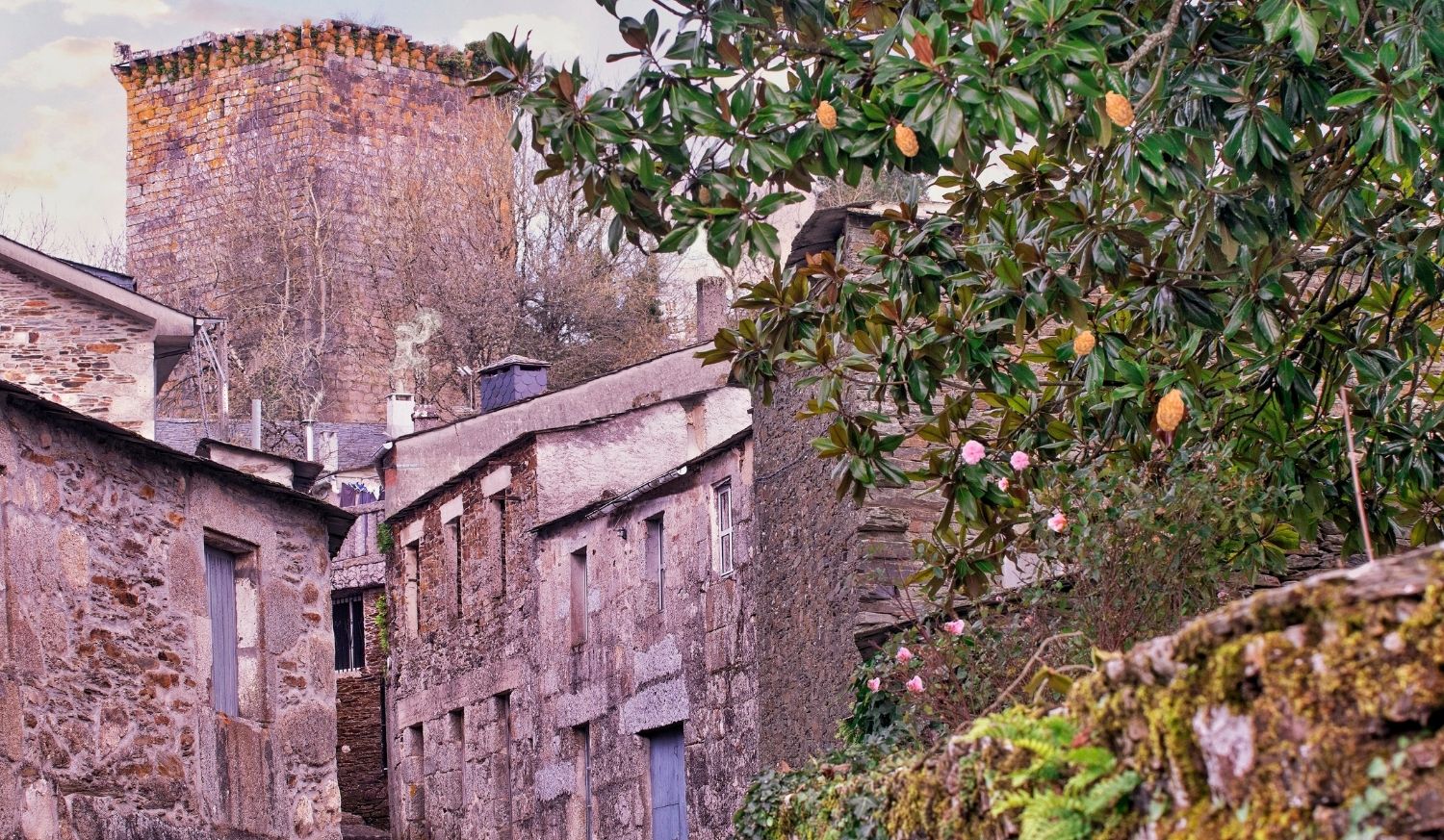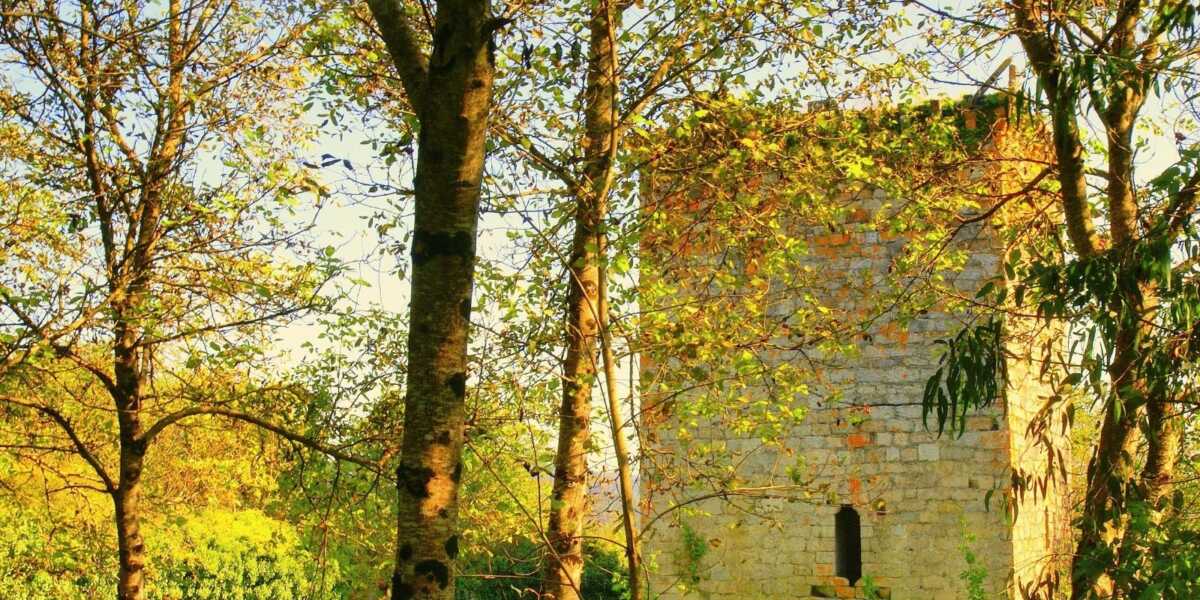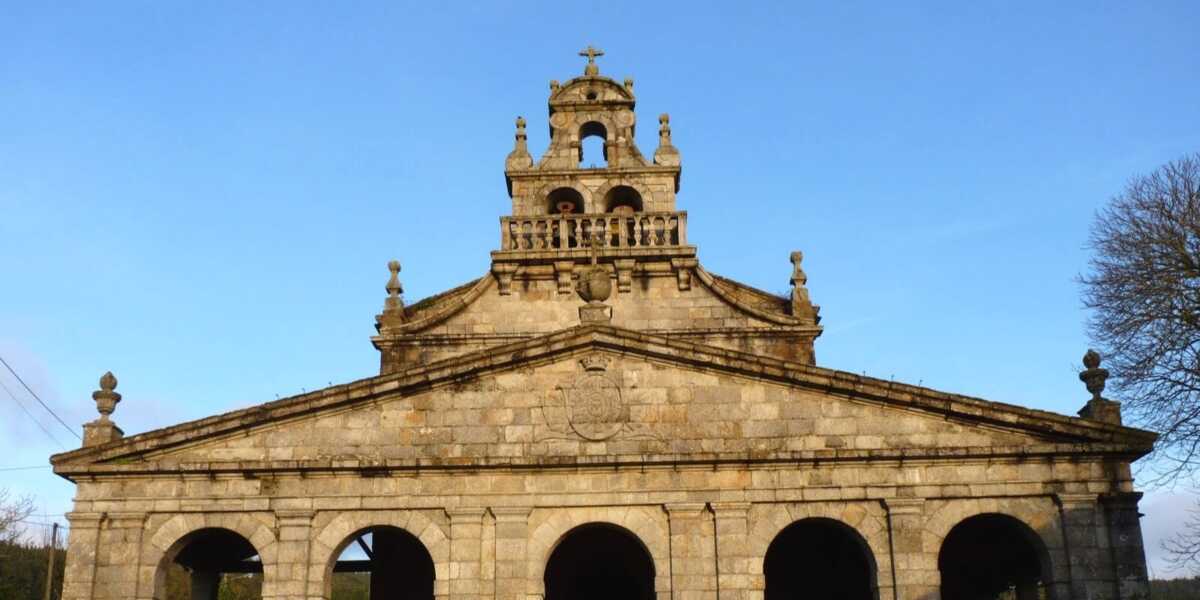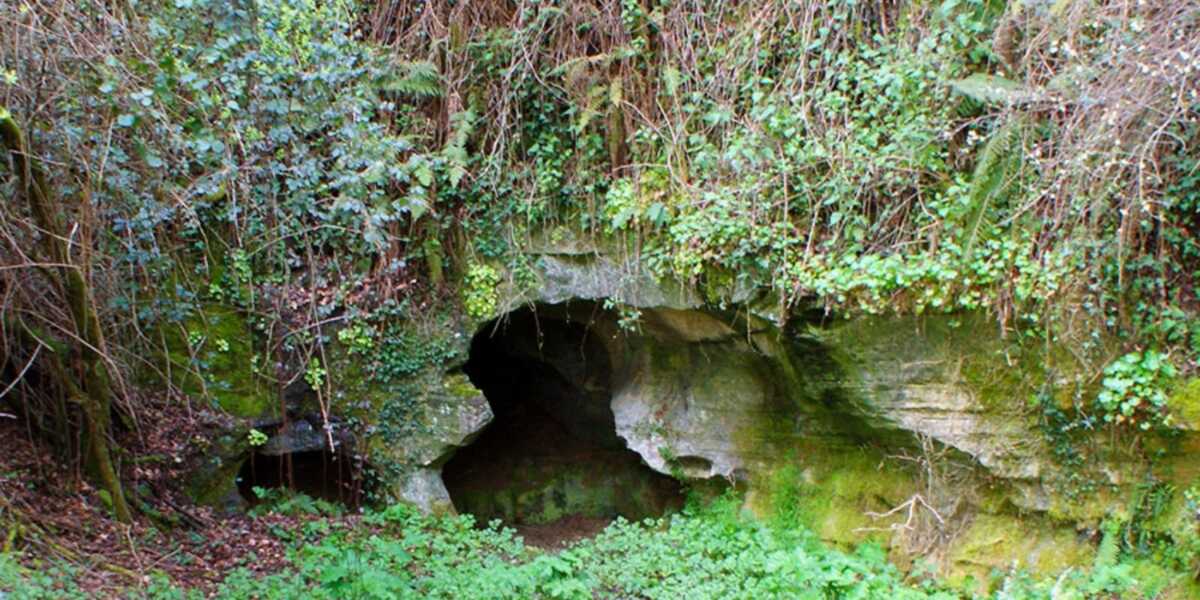
Information about Castroverde
Castroverde is a village in Lugo with a great Natural and Cultural heritage, it is located on the Primitive Way. A charming place to enjoy the architecture, culture and natural landscapes of the Galician lands, as well as its delicious gastronomy.
What to see and do in Castroverde
The castle of Castroverde
It is an old fortress from the 14th century, although of the old castle only the ruins of the old wall and the keep remain standing. It is situated on the top of a hill on which the village stands and above the ruins of an ancient castro. It is an interesting construction considered to be of Cultural Interest and is part of the Historical Heritage of Spain.
The church of Santa María de Vilabade
It is also known as the Cathedral of Castroverde and it is a temple of Gothic style. Fernando de Castro, of the house of the Counts of Lemos, ordered its construction in 1457. Attached to the temple there was also a Franciscan monastery of which no remains are preserved today. It has a Renaissance portico with five arches and a triangular pediment, built by Diego Osorio Escobar y Llamas. Inside you can contemplate an important Baroque sculptural ensemble from the 17th century, with very interesting pieces such as the carving of Saint Mary, seated and rotating, Saint Joseph, Saint John the Baptist and Santiago Matamoros.
The Castiñeiro Centenario
In Castroverde you can also enjoy a natural attraction and it is the castiñeiro, chestnut tree in Spanish, centenary. This imposing tree was located next to the church of Soutomerille, near the Primitive Way, and fell due to bad weather in March 2015. The following year his skeleton was moved to Castroverde, where it is peacefully preserved next to the municipal hostel.
The Valiña Cave
This is the only site in which the beginning of the Upper Palaeolithic is represented in Galicia. It is the Cave of A Valiña and can be visited in Castroverde. It was found by chance during the extraction works of a limestone stone to obtain lime. It was made known by Vázquez Seijas in 1965. A small jewel of our ancestors preserved in the small village.





